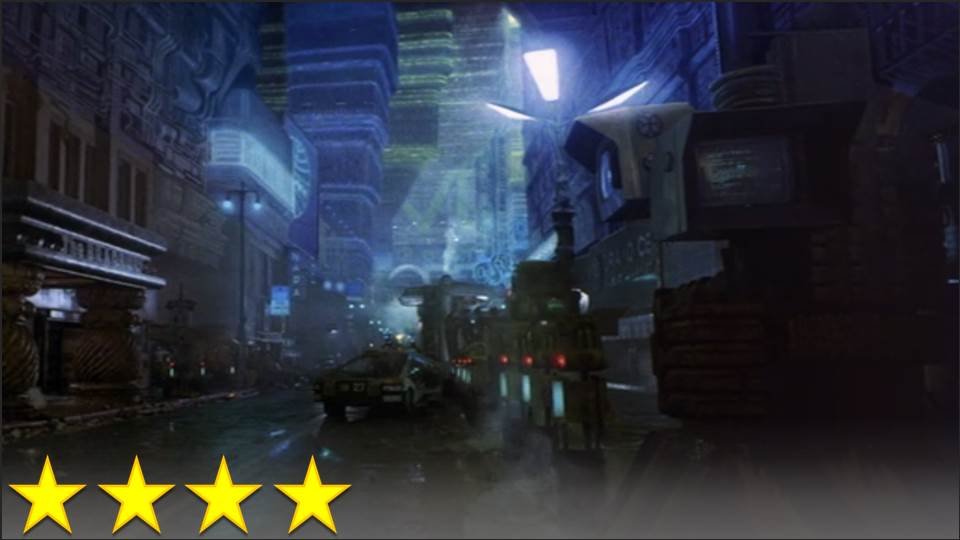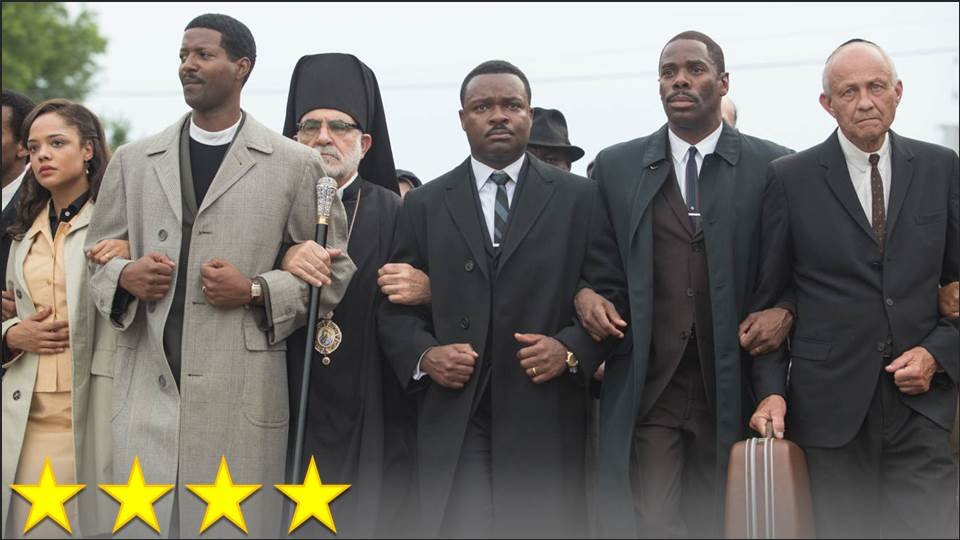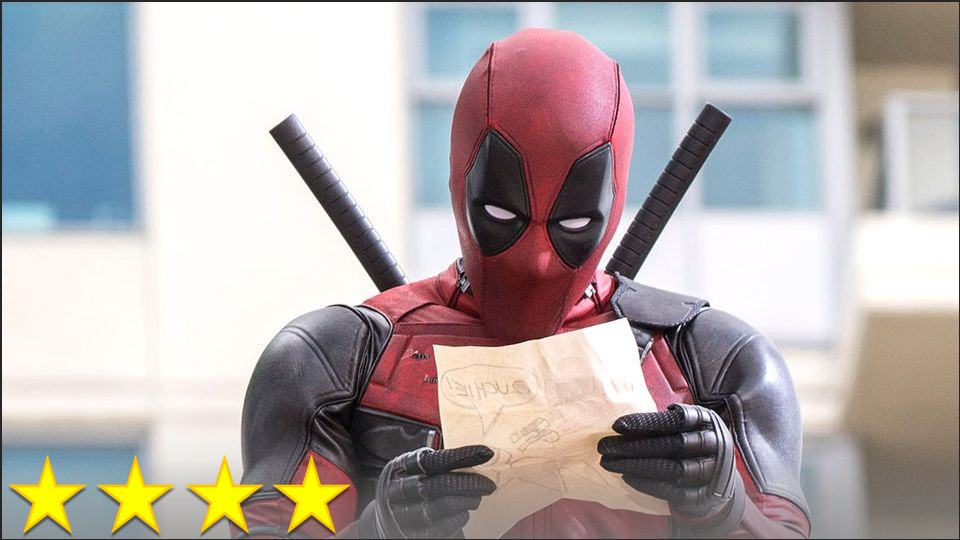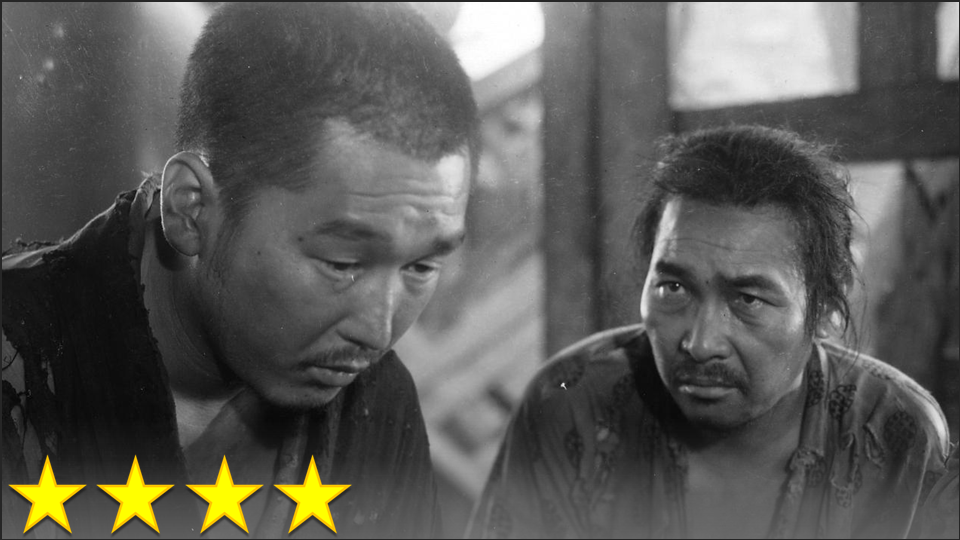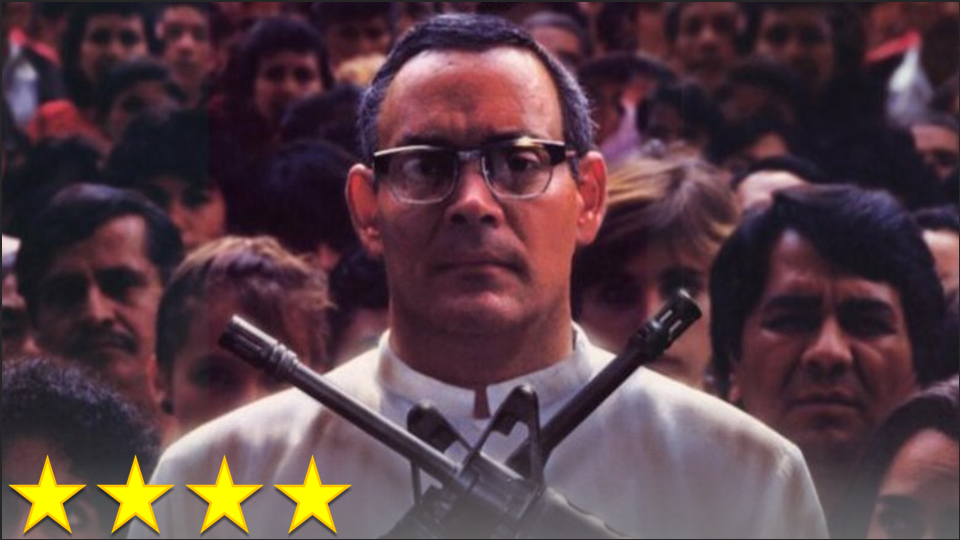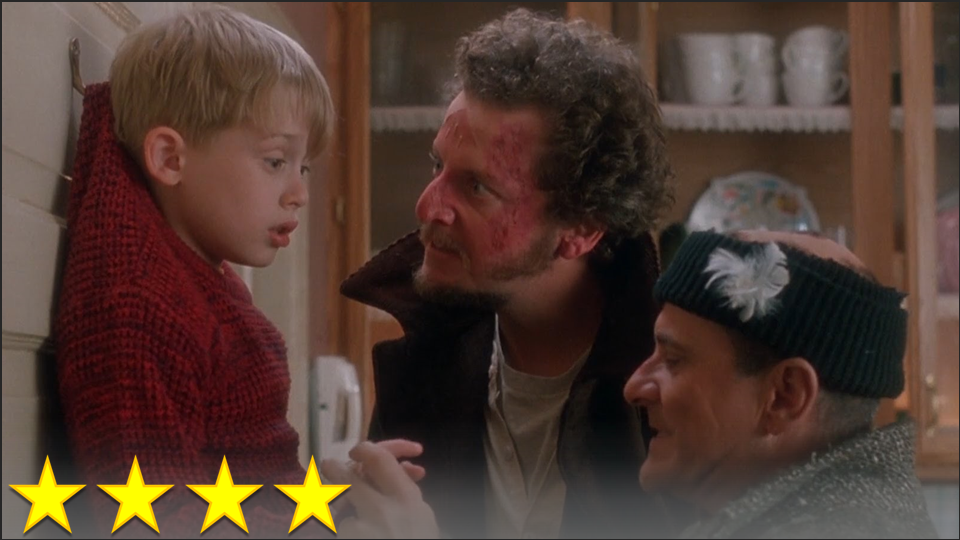I must say, I did not like this film as much as I hoped I would – as much as I expected I would. That being said, since my expectations were based only on what I knew of its exemplary visual style and eerie aura, they were “sky-high” to say the least. What I soon discovered is that it’s the kind of movie that’s more of an environment than anything else, in that (after seeing it and learning the plot) it can be kept on in the background to set the tone or mood of the room, like a fireplace or lava lamp. Much like The Dark Crystal, the goal here doesn’t seem to be to tell a new and exciting story so much as it is to explore a world. However, the story and world are completely intertwined here, both necessary to explore, reveal, and shape one another, which makes it a good film.
I suppose I should explain the reasoning behind my previous statement. At the root of a story – or at least the great majority of mainstream novels, classic fables, and Hollywood films – is a very simple concept: given this unique set of conditions, here is the surprising outcome that follows. Need an example? Under the conditions that a boy travels through time to the year when his parents met, he could accidentally keep them from falling in love, erasing his own existence. I hypothesize that what is most often the driving factor in determining what movies we want to see based on their trailers is in fact our desire to find out “what would happen if . . . .” When we heard about a movie with the premise that toys come to life if no one’s looking, we were curious enough about what would follow from these conditions that we paid Pixar plenty of money just to see them show us . . . three times.
While I would certainly not wish to imply that any story based on this logic is a good one, I do think that this shows how Blade Runner is a step above other ambiance films. Consider again The Dark Crystal. The whole point of the film is exploring this unique world, but most of the key aspects of this world that make it unique are essentially inert as far as the plot is concerned. The puppet designs, inventive sets, and practical effects do not necessitate the plot and mostly aren’t necessitated by the plot (or at least not specifically, because the story only requires that fantasy elements of any sort be present to signify the kind of world it is). Reciprocally, the fact that there are weird sandy turtle hippies called Mystics and purple Shakespearean pterodactyls called Skeksis does not entail that they were once the same species before a big crystal broke – that stuff had to be added so the movie could have something of a story. With Blade Runner, the world’s defining quality is a problem with robots (that are indistinguishable from humans) running amok. From this premise, it follows that authorities would try to find, follow, and destroy these robots, and so it is no surprise that the story follows someone working with the authorities to do just that.
Still, the story is not the most interesting I’ve ever heard, and I wonder if perhaps this is because the movie is rather slow. I can deal with the slow pacing because I enjoy getting to wander around in this special, vivid version of Earth that’s been so creatively envisioned, but consequently, the movie runs rather long for such a simple storyline (at least in the version I watched, which is the original two-hour theatrical cut). It’s largely the visuals and sound that make this film work, not to mention the actors, and I generally do not reward a film based solely on mastery of these secondary elements – which are arguably mere affectations. This film, however, unlike other artistic works such as 2001, uses its visuals, sounds, and people not as a substitute for plot, but to highlight and saturate the plot. They do not distract from the story’s drama – they bring it vivid life, which does not make this movie perfect, but does make it a very special film that must never go unappreciated.
